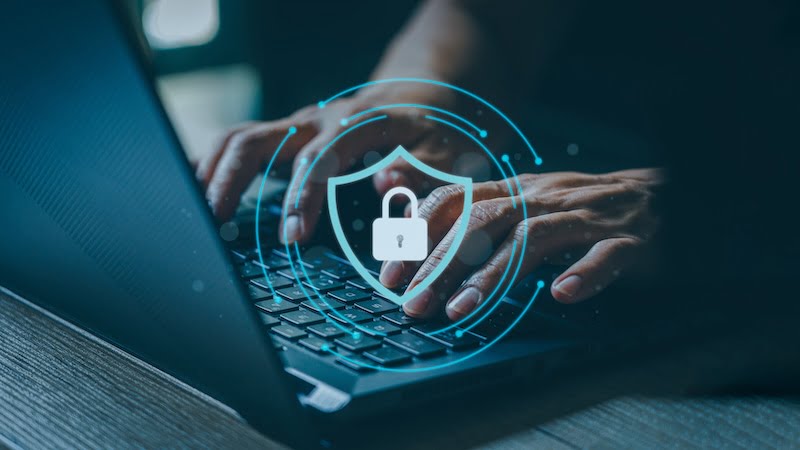
When it comes to internet security, there are dozens of misconceptions. The Federal Office for Information Security (BSI) has therefore identified the four biggest security errors. The authority wants to minimize the risks for users.
The term cybercrime is familiar to almost all Internet users these days. The educational work on safe surfing on the Internet is now well advanced. For example, the Safer Internet Day provides information worldwide every year about the risks on the Internet. And the consumer advice center also takes care of informing users of any dangers.
Nevertheless, some security misconceptions continue to persist in the minds of Internet users. The BSI has therefore addressed common misunderstandings and published a series of tips.
According to BSI: The four biggest security errors on the Internet
With regard to internet security, the BSI has identified a total of four errors. At the same time, the authority highlights the corresponding risks. They should be minimized through education.
Misconception 1: “The PC firewall protects against all attacks from the Internet.”
Unfortunately, according to the BSI, it's not that easy. Without the correct configuration, a firewall does not offer optimal protection against cyber attacks. The so-called personal firewall controls the incoming and outgoing data flow from the home PC. This protects it from viruses and other malware. However, cyber criminals exploit any security gap in installed programs – including the firewall itself.
Users can only ensure the security of the computer with the right filter rules and settings. The settings should be checked regularly and the filter rules defined so that, for example, they only allow absolutely necessary access. If programs want to access the Internet, users should also examine these requests critically.
Misconception 2: “Current virus protection programs make software updates unnecessary.”
According to the BSI, this idea is a fallacy. Virus protection programs offer good protection when surfing the Internet. However, users should always install updates for the applications they use as quickly as possible in order to close existing security gaps. Attackers take advantage of time windows in which antivirus programs do not yet recognize newly developed malicious code.
Software updates with so-called patches close existing security gaps in the programs. In this way, they prevent malware from becoming effective at all. However, antivirus programs offer additional protection. Users should therefore always keep it up to date.
Misconception 3: “A single long letter and character password is sufficient for online services.”
The BSI says clearly “No!” If online services are compromised and the password is stolen, all other services protected with this password are also at risk. Especially when using email addresses for authentication, username and password can be easily assigned to each other.
Therefore, good and secure passwords are essential – and should never be duplicated. The BSI has published a detailed explanation in which it explains which rules users should follow when creating a password.
Misconception 4: “Trusted websites protect against cyberattacks.”
Unfortunately, even trustworthy websites can occasionally be affected by malware. For example, they can hide in advertising banners and install themselves on the computer unnoticed.
The so-called drive-by downloads and malicious scripts can also take place via popular Internet sites. It is therefore advisable to only visit trustworthy sites – but this does not mean that you are protected from cyber attacks.
Also interesting:
Source: https://www.basicthinking.de/blog/2024/02/02/internet-sicherheits-irrtuemer/


